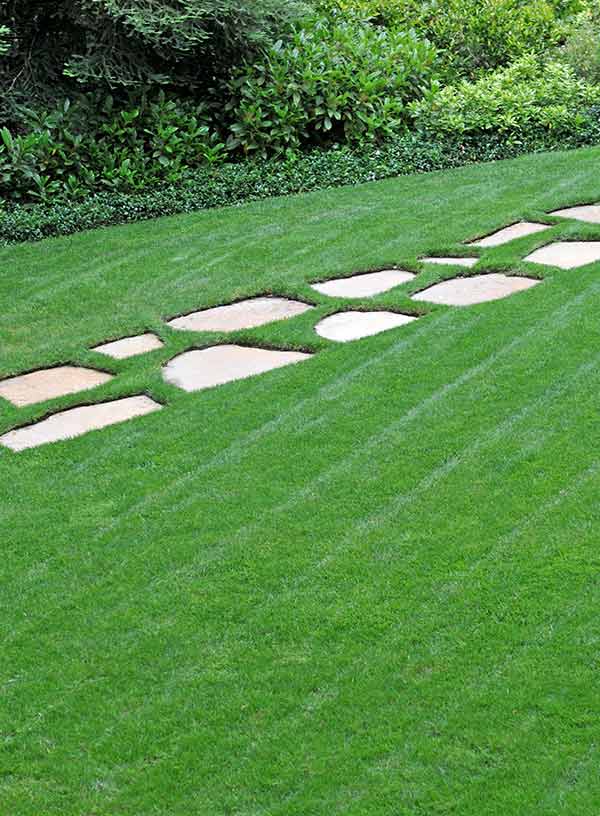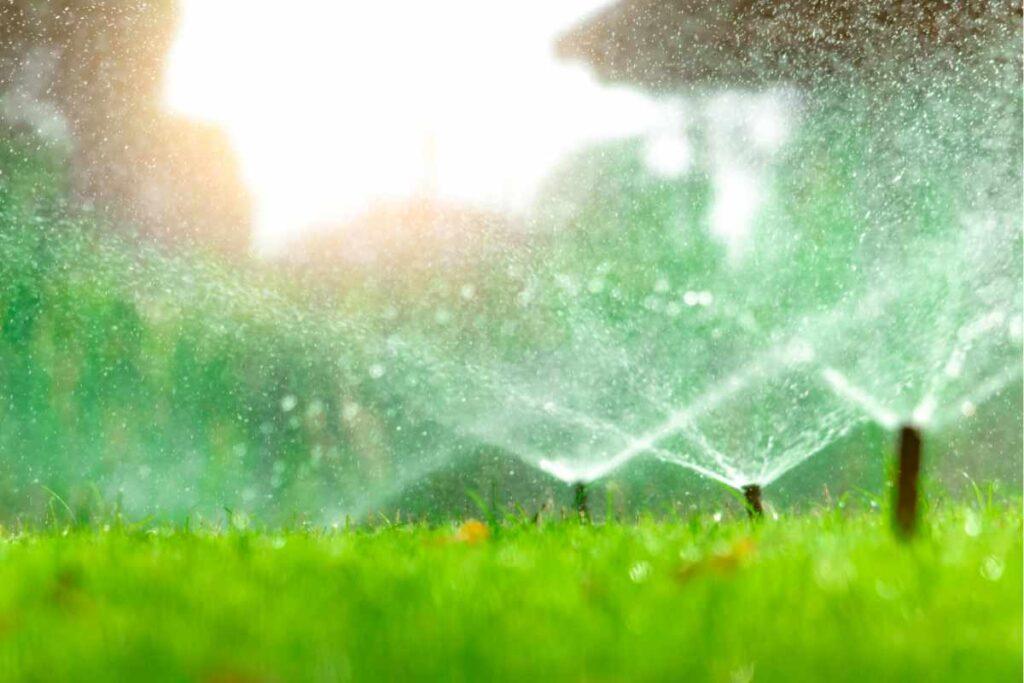How to Revitalize Your Lawn After the Summer Heat
Summertime can be unforgiving for our lawns. The sweltering heat and dry spells often leave our once-lush grass parched and thinning. But don’t despair—there’s a way to invigorate your lawn and help it bounce back stronger than ever. The key lies in three crucial practices: core aeration, overseeding, and improved watering. Here’s why these steps are essential for your lawn’s recovery and how you can implement them effectively.
Understanding the Damage
High temperatures and low rainfall cause soil to harden, reducing its ability to absorb water and nutrients, leading to stressed grass lawns. New constructions or older, eroded yards often do not benefit from a deep topsoil layer, resulting in shallow root systems and diminished grass health. Compounded by the wear and tear of summer activities, your lawn might look more like a patchwork quilt than a lush carpet.
Core Aeration: Breaking Through Compaction
Core aeration involves plugging the soil with cylindrical tines to relieve compaction and improve lawn health. This process is essential for several reasons:
Reduces Soil Compaction: When we combine Virginia’s clay soils with the summer stressors described above, we frequently get very hard ground around our lawns, making it difficult for roots to grow. Core aeration alleviates this compaction by removing small plugs of soil and creating channels for roots to expand and access essential resources.
Enhances Root Growth: Core aeration improves access to air and nutrients, promoting deeper and stronger root growth. This helps your lawn become more resilient and better equipped to handle future stress.
Improves Water Absorption: Core aeration helps the soil retain moisture more effectively by creating holes that allow water to break through the hard surface and penetrate deeply, leading to a deeper root system.

Overseeding: Filling in the Gaps
Overseeding, as the name implies, involves spreading grass seed over an existing lawn to fill in bare spots and improve turf density. This is extremely important, as we constantly mow the grass before it can produce its seeds. Overseeding is especially beneficial after a challenging summer. Here’s why:

Restores Lawn Density: Overseeding introduces new grass seeds to thinning or bare areas, which can help restore a full, healthy appearance.
Enhances Turf Quality: Reputable lawn care companies will use high-quality seed varieties, which are often more drought-resistant and disease-resistant. You can introduce these improved traits into your lawn by overseeding it, making it more robust for future summers.
Reduces Weeds: A thick, healthy lawn can outcompete weeds for resources. By overseeding and promoting a dense turf, you reduce the opportunity for weeds to take hold.
Regular Watering: Key to a Lush Lawn
While core aeration and overseeding are critical, consistent watering is the foundation of a green and thriving lawn. Here’s why regular watering is essential:
Promotes Seed Germination: Newly overseeded areas need consistent moisture to germinate properly. Watering helps the seeds stay hydrated and supports the establishment of new grass.
Supports Root Development: Adequate watering encourages roots to grow deeper, making the grass more resilient to drought and other stresses. To achieve a deep root system, it is important to follow the water deeply and infrequently method.
Maintains Lawn Health: Even established grass requires regular watering to stay lush and green. Maintaining a proper watering schedule in McLean’s climate, where summer can be arid, ensures your lawn remains vibrant and healthy.

Making it all come together
Core aeration, overseeding, and regular watering are powerful tools to rejuvenate your lawn after a tough summer. By performing all these tasks, you’re setting the stage for a healthier, more resilient lawn that will thrive through the seasons.
Early September through mid-October is the best time to perform these tasks. This allows the new grass to grow and establish ahead of winter and in time to outcompete weeds next spring. Rent a core aerator from a local garden center or hire a professional. Moisten the soil before aerating for the best results.
After core aeration, spread the grass seed evenly across your lawn. Applying a thin layer of compost or topsoil can help retain moisture and provide additional nutrients.
Finally, thoroughly water the lawn to keep the soil consistently moist while seeds germinate. As the new grass establishes, gradually reduce the frequency of watering but continue to provide enough moisture to keep the lawn healthy.
So, roll up your sleeves and give your lawn the care it deserves. The results will be well worth the effort, transforming your lawn into a lush, green oasis that enhances the beauty and value of your McLean home.



